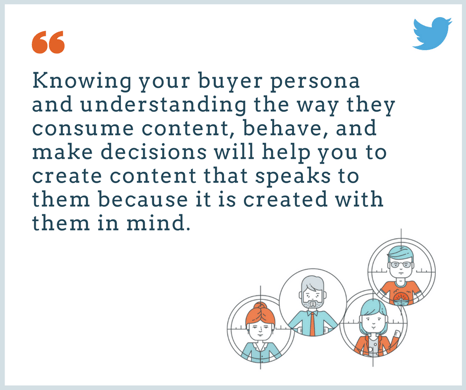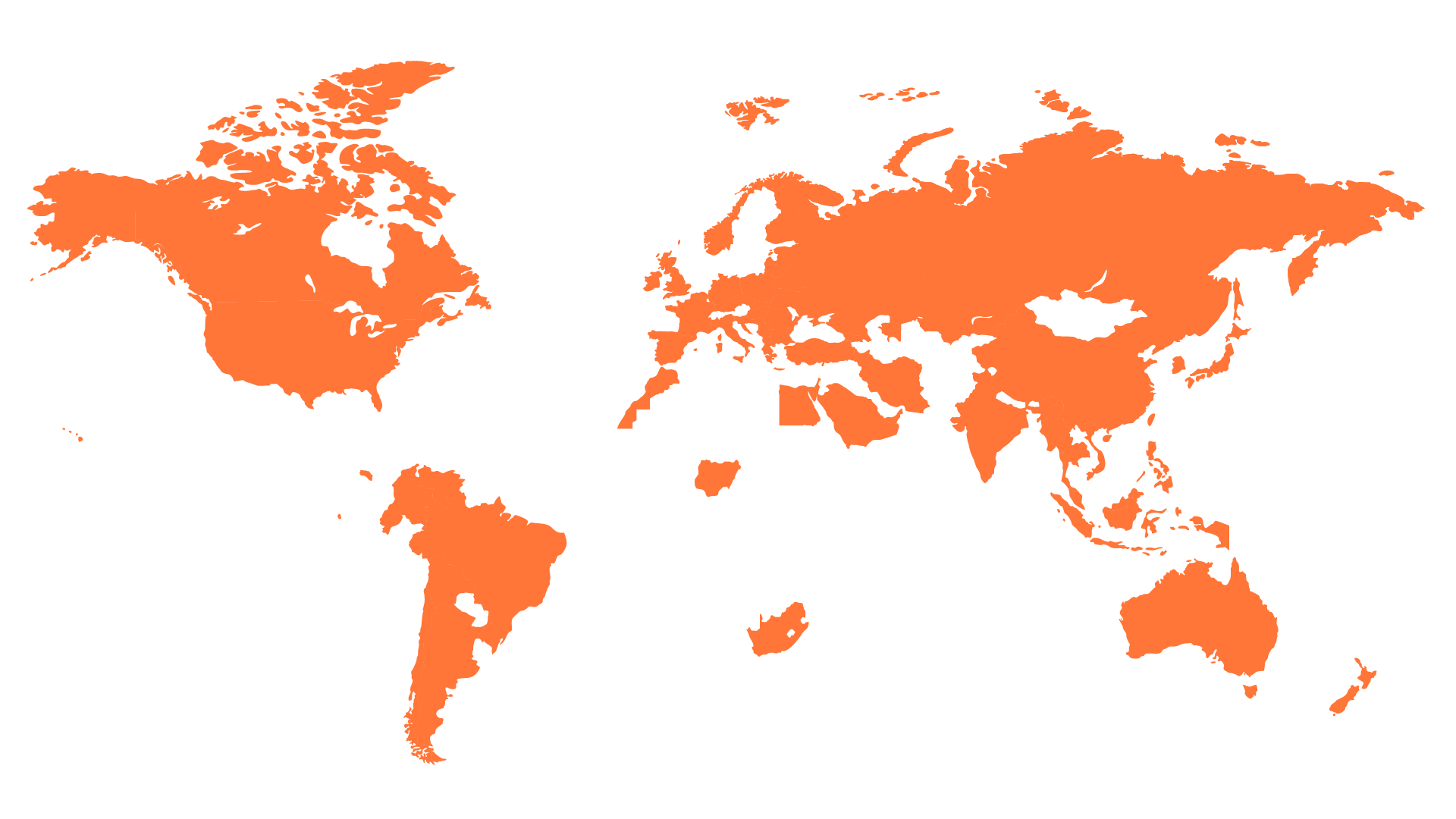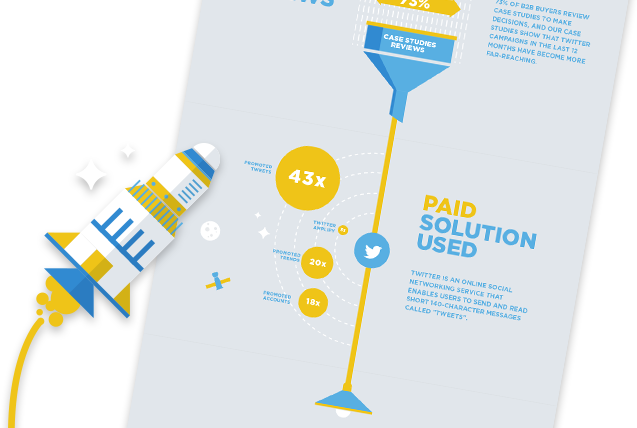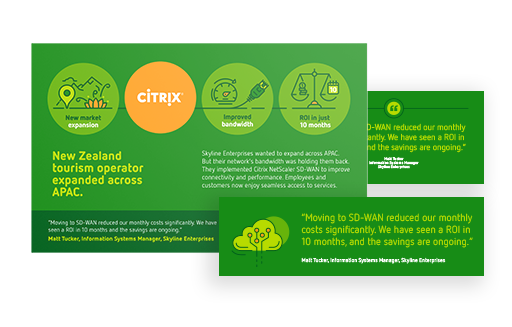
Creating buyer personas isn’t easy, and it does take a little bit of time and practice to not only come up with them, but to then properly apply them in your marketing efforts. We’ve learned a lot about this over our years of inbound marketing actions, so here are the top seven things your business should avoid when creating buyer personas.
Inbound marketing is quickly becoming one of the most popular methodologies for digital marketers in businesses around the globe. Based on the concept of nurturing potential buyers via a series of steps designed to accompany the buyer through the stages of a purchase, it is a highly effective and data-driven way to reach your marketing goals.
To be done properly, it does require effort and dedication to staying true to the process, along with some patience in the early days, but the end results make it all worthwhile. One of the key elements of the inbound methodology is the concept of buyer personas, which are created to help us to see our product or service from the perspective of our ideal potential customer.
Before we get started talking about the specific purpose of our post today, seven things to avoid when creating buyer personas, here’s a quick reminder of what exactly a buyer persona is and why they are helpful in our marketing process.
What is buyer persona?
A buyer persona is a somewhat fictional description of the ideal (but realistic) customer for your product. This is not to be confused with your target audience, which is a broad understanding of your overall customer and potential customer base. A buyer persona is further differentiated from your target audience because it takes into account the pain points that are specific to your fictional buyer — rather than focusing on the overarching similarities between the members of the group.
Why do we need a buyer persona?
To give a better understanding of the major influences on our buyers; knowing their habits, the way they consume content, behave, and make decisions will help us to create content that speaks to them because it is created with them in mind.
What to Look Out For
And Some Simple Tips (Just in Case)
1. Being too broad
Buyer personas are fundamentally specific, so the content that you are creating should be too. If you cast too wide a net with overly inclusive buyer personas, it’s very difficult to create content that has the level of personalization necessary to be attractive to your ideal audience.TIP: If you have an category for which you can think of tons of ‘sub layers’, consider which one of these would be your ideal buyer. Then use that to narrow down your persona. For example, if your category is ‘medium-size-business owners’, consider further breaking down the persona by your ideal industry, geographic location, and/or a role of decision maker (e.g. CEO).
2. Not assuming their perspective
You’ve put countless hours into your product or service, so of course you are proud of it and confident that it will be the solution to the problem you’ve set out to solve. However, this context does also mean that it’s going to be a little bit more difficult for you to step away from it and truly see it from the perspective of your customers and their problems, and if your product really could be the solution.
TIP: Talk to your customers! Find out what their real problems are and what they are currently doing to solve them. Be careful not to turn it into a sales meeting, but instead keep it light and purely based on what it is that they seek to improve or solve in their businesses.
3. Having too many personas
Tempting as it may be to create personas for as many of your ideal buyers as possible, ultimately it will just end up diluting your efforts. When you have too many personas, the process of creating focused campaigns becomes increasingly difficult — you end up creating either tons of content or content that isn’t specific enough to be effective for any of the groups you have in mind.
TIP: Write down all of your buyer personas and prioritize them in order from most qualified to least. Which ones are really worth the effort, and which ones can you get rid of?
4. Creating unrealistic personas
As much as we all want to believe that our buyers have millions of dollars, want to hear what we have to say, and that our products will be instantly valuable to them, it’s just not the case. When creating your personas, make sure that even though they are ideal, they are still realistic — otherwise you could end up making content that may be perfectly attractive, but still proves to be ineffective.
TIP: Take a closer look at your analytics so that you can get a truly thorough understanding of who your current buyers are, who your prospective buyers are, and what it is that they have in common. This can help you to create a buyer persona that is optimistic and also realistic.
5. Creating your personas in a ‘silo’
The creation of buyer personas has to be a collaborative effort in order to be truly effective. Unless your sales, customer service, and marketing teams all work together, you won’t really be able to get a clear and full view of what exactly is going on, as each department has an entirely different perspective on and interaction with your current and existing customers.
TIP: See the creation of buyer personas as a team effort, and take active steps to include team members across departments in your creation process. Holding cross-departmental meetings can be a great way to do this — especially if your different teams don’t generally collaborate on a regular basis.
6. Taking action too early
Pushing to execute your marketing campaigns before finishing your buyer personas is the equivalent of making a major capital investment without adequate research on any of the features. In other words, while it might work out OK, why take the risk?
TIP: Take the time to really get your buyer personas right the first time around. Though it may seem like a lot of effort to begin with, the results will make it all worthwhile. And remember, inbound marketing efforts can sometimes take time to show results, so be patient and make sure to give the process a chance to be effective before deciding that your buyer persona (or any other factor) is the problem.
7. Being hyperfocused on your product
Your final product is important, but the entire journey of your buyer is key. If you are only focused on the actual sale of your product and that moment in the buyer journey, you won’t be able to get a fully inclusive understanding of the entire process that could lead your buyer to this point in the sales funnel. In other words, keeping your buyer persona in mind, create content that educates your customers on your company’s areas of expertise to help them become more informed businesspeople in general. Ideally they will come to the conclusion on their own that your product is the solution (if that is the case). However, if not, they will remember how you treated them, and this type of positive relationship-building is never a bad thing.
TIP: Always consider your buyer persona in the scheme of the bigger picture of your overall marketing goals and their likely business goals. Consider where they are starting from and what can be done to help them see you as a trusted expert in your field, not a pushy sales executive.
Conclusion
These common mistakes demonstrate how easy it is to make a simple error in the creation of your buyer personas, but don’t let it deter you! It may take a few tries to get it right in practice, so don’t be discouraged if you don’t see the results that you want immediately; often you will need to adjust either your personas or the way in which you are trying to communicate with the people they represent — the people you want to buy your product or service.
Creating the ideal buyer persona isn’t an easy task, so it’s common for businesses and marketers alike to have difficulties, especially when first getting started. However, though it’s challenging, the ROI on your time will make it clear that it was well worth the effort. Unsure if your buyer personas are going to help you hit the mark in your next campaign? Download our ebook about Inbound Marketing to learn more about how to create the best buyer personas for your business.







